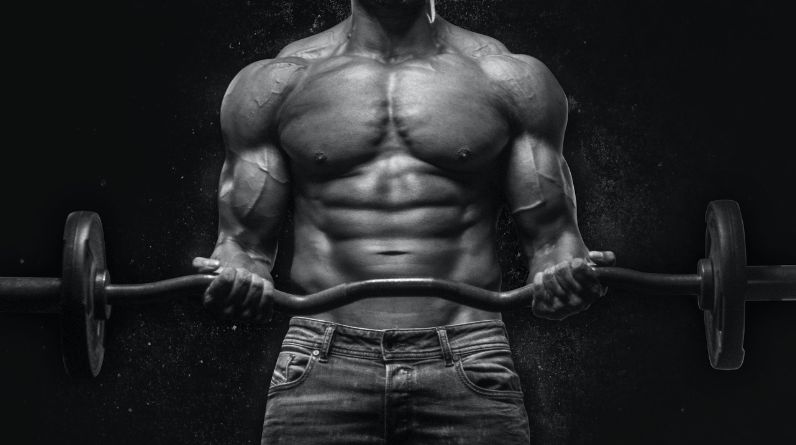
1. Targeted Exercises for Strength and Definition
Achieving a well-defined and sculpted physique requires more than just regular exercise. It demands targeted training that focuses on specific muscle groups to build strength, enhance definition, and create a balanced physique. Specific muscle group workouts offer a strategic approach to fitness, allowing individuals to address their unique goals and improve overall muscle development. In this article, we will explore the benefits of focusing on specific muscle groups, effective training considerations based on fitness levels and goals, and a detailed guide to targeted exercises for various muscle groups.
2. The Benefits of Focusing on Specific Muscle Groups
Targeting specific muscle groups in your workouts provides numerous benefits beyond overall fitness. By dedicating attention to individual muscle groups, you can:
2.1 Maximize Muscle Development: Specific muscle group workouts enable you to tailor your training to prioritize certain areas, leading to more significant muscle growth and definition.
2.2 Enhance Aesthetics: Focusing on individual muscles allows you to create a more balanced and visually appealing physique, enhancing muscle symmetry and proportions.
2.3 Improve Strength and Performance: Strengthening specific muscle groups translates to improved functional strength, better athletic performance, and enhanced everyday movements.
2.4 Injury Prevention: Addressing muscle imbalances and weaknesses through targeted exercises can reduce the risk of injuries during physical activities.
2.5 Optimize Time and Efficiency: By concentrating on specific muscle groups, you can optimize your workout routine for efficiency, making the most of your time at the gym.
3. Considering Fitness Levels and Goals for Effective Training
Before diving into specific muscle group workouts, it’s essential to consider your current fitness level and goals. Beginners should start with full-body workouts to build a foundation of strength and conditioning. Intermediate and advanced lifters can transition to more focused training to address specific areas and achieve muscle definition. Defining your goals will help tailor your workouts to your desired outcomes, whether it’s building overall strength, increasing muscle mass, or sculpting specific areas.
4. Upper Body Muscle Group Workouts
4.1 Building a Powerful Chest: Pectoral Workouts
The chest is a key area for many individuals, contributing to upper body strength and aesthetics. Pectoral workouts, such as bench presses, push-ups, and dumbbell flyes, target the chest muscles (pectoralis major and minor) to develop a powerful and defined chest.
4.2 Sculpting Strong Shoulders: Deltoid Workouts
Well-developed shoulders not only enhance upper body aesthetics but also contribute to shoulder stability and mobility. Deltoid workouts, including shoulder presses, lateral raises, and front raises, target the three heads of the deltoid muscle for sculpted and powerful shoulders.
4.3 Carving Chiseled Arms: Bicep and Tricep Workouts
Toned and defined arms are a common fitness goal. Bicep and tricep workouts, such as bicep curls, tricep dips, and skull crushers, focus on the arm muscles to create sculpted and chiseled arms.
5. Lower Body Muscle Group Workouts
5.1 Developing Powerful Legs: Quadriceps and Hamstring Workouts
Strong and powerful legs are essential for overall functional fitness. Quadriceps and hamstring workouts, such as squats, lunges, and leg curls, target these major muscle groups to build leg strength and definition.
5.2 Building Firm Glutes: Gluteus Maximus and Medius Workouts
The glutes are the largest and most powerful muscles in the body, contributing to lower body strength and stability. Glute workouts, including squats, deadlifts, and glute bridges, target the gluteus maximus and medius for firm and lifted glutes.
5.3 Sculpting Calves: Calf Workouts
Well-defined calves can complete the lower body aesthetic. Calf workouts, such as calf raises and jumps, target the calf muscles (gastrocnemius and soleus) for sculpted and shapely calves.
6. Core Muscle Group Workouts
6.1 Strengthening the Core: Abdominal Workouts
A strong core is fundamental for overall stability, posture, and balance. Abdominal workouts, including planks, crunches, and leg raises, focus on the core muscles to build strength and definition.
6.2 Building a Strong Back: Latissimus Dorsi and Lower Back Workouts
A strong back is crucial for maintaining proper posture and overall upper body strength. Back workouts, such as pull-ups, rows, and hyperextensions, target the latissimus dorsi and lower back muscles for a strong and defined back.
7. Total Body Integration Workouts
7.1 Full-Body Circuit Training: Maximizing Efficiency
Incorporating full-body circuit training into your routine can provide an efficient way to work multiple muscle groups in one session. Circuit training involves performing a series of exercises with minimal rest between each exercise, allowing you to target various muscle groups while keeping your heart rate elevated.
7.2 Functional Training: Strength for Real-Life Movements
Functional training focuses on exercises that mimic real-life movements, enhancing everyday functionality and athleticism. Functional exercises often engage multiple muscle groups simultaneously, promoting overall strength and coordination.
8. Cross-Training and Muscle Group Variation
The Benefits of Cross-Training for Muscle Group Workouts
Cross-training involves combining different types of exercises, such as strength training, cardio, and flexibility training, to achieve comprehensive fitness. Cross-training helps prevent exercise plateaus, reduces the risk of overuse injuries, and promotes overall fitness and well-being.
9. Tips for Maximizing Specific Muscle Group Workouts
9.1 Warm-Up: A proper warm-up is essential before specific muscle group workouts. Engage in dynamic movements that target the muscle group you’ll be training. For example, if you’re working on your chest, do arm circles, arm swings, and push-ups to increase blood flow and prepare the chest muscles for the upcoming exercises.
9.2 Proper Form: Maintaining proper form during specific muscle group workouts is crucial for maximizing muscle engagement and preventing injuries. Focus on the targeted muscle, ensuring it’s doing the work rather than relying on momentum or improper movements.
9.3 Progressive Overload: To see continuous gains in muscle growth, gradually increase the resistance or intensity of your exercises. For example, add more weight to your bench press or increase the number of repetitions or sets. Progressive overload challenges your muscles and encourages them to adapt and grow.
9.4 Rest and Recovery: Giving your muscles enough time to recover is vital for growth. Adequate rest between workouts allows the muscles to repair and rebuild. For specific muscle group workouts, it’s essential to allow at least 48 hours of rest before training the same muscle group again.
9.5 Nutrition: Proper nutrition plays a significant role in maximizing muscle growth. Ensure you’re consuming enough protein to support muscle repair and recovery. Additionally, maintain a balanced diet with sufficient calories to fuel your workouts and support muscle development.
9.6 Hydration: Staying hydrated is essential for overall exercise performance and muscle function. Dehydration can lead to decreased strength and endurance, so be sure to drink enough water throughout the day, especially during your workouts.
9.7 Stretching: After your specific muscle group workout, incorporate post-workout stretching to improve flexibility and reduce muscle tightness. Focus on the muscles you’ve targeted during the workout to help alleviate any tension.
9.8 Variation: Regularly changing your exercises and workout routines prevents your muscles from adapting and hitting a plateau. Add new exercises or alter the order and intensity of your workouts to keep your muscles guessing and continuously challenging them.
9.9 Track Progress: Keeping a training journal is an effective way to monitor your progress. Note the weight, sets, and repetitions you perform in each workout. Tracking your progress allows you to identify improvements and make informed adjustments to your workouts.
9.10 Pay Attention to Your Body: Take note of how your body reacts to specific muscle group workouts. If you feel fatigued or experience muscle soreness, take a rest day or focus on a different muscle group. Listening to your body and avoiding overtraining helps prevent burnout and keeps you on track for long-term progress.
10. Conclusion
Specific muscle group workouts offer a targeted and effective approach to achieving strength and definition in various areas of the body. By focusing on individual muscle groups, you can enhance muscle development, improve aesthetics, and increase overall functional strength. Remember to consider your fitness level and goals when designing your workout routine, and don’t forget to include a variety of exercises to promote a balanced and well-rounded physique.
Frequently Asked Questions
1. Can I do specific muscle group workouts every day?
While targeting specific muscle groups is essential for balanced muscle development, working the same muscle group intensely every day is not recommended. After a strenuous workout, muscles require time to recuperate and mend. Allowing at least 48 hours of rest before training the same muscle group again gives your muscles sufficient time to recover and grow. Overtraining can lead to muscle fatigue, increased risk of injury, and hinder overall progress.
2. Can I do full-body workouts alongside specific muscle group workouts?
Yes, incorporating both full-body workouts and specific muscle group workouts into your training routine can provide a balanced approach. Full-body workouts engage major muscle groups in a single session, while specific muscle group workouts allow you to target and isolate individual areas. This combination helps ensure overall muscle development and prevents muscle imbalances. For example, you might do full-body workouts two to three times a week and include specific muscle group workouts on other days.
3. How many exercises should I include in a specific muscle group workout?
Aim for 3-4 primary exercises that directly target the muscle group you’re focusing on. For example, if you’re working on your chest, exercises like barbell bench press, dumbbell flyes, and incline dumbbell press can be your primary exercises. Additionally, include 1-2 supplementary exercises that offer variation or target different angles of the same muscle group. This approach ensures comprehensive muscle engagement and prevents monotony in your workouts.
4. Is it necessary to use heavy weights for specific muscle group workouts?
While heavy weights can be beneficial for building strength and muscle, it’s not the only way to achieve muscle growth. The amount of weight lifted is less crucial than proper form and technique. Beginners and those recovering from injuries should start with lighter weights and gradually increase the resistance as their strength improves. Using moderate to heavy weights with proper form ensures muscle activation and reduces the risk of injury.
5. Can beginners perform specific muscle group workouts?
Yes, specific muscle group workouts are suitable for beginners. Beginners should start with lighter weights to focus on proper form and reduce the risk of injury. Full-body workouts and compound exercises are excellent starting points for beginners as they engage multiple muscle groups simultaneously. Gradually incorporating specific muscle group workouts into your routine as you build confidence and strength will aid in balanced muscle development.
6. How long should I rest between sets during specific muscle group workouts?
Rest periods between sets are essential for muscle recovery and performance. For specific muscle group workouts, a rest period of 1-2 minutes is generally sufficient. This allows enough time for your muscles to recover without causing them to cool down excessively. Adjust the rest periods based on your individual needs and training goals.
7. Can I perform specific muscle group workouts at home without gym equipment?
Yes, you can effectively perform targeted muscle group workouts at home without gym equipment. Bodyweight exercises, such as push-ups, squats, lunges, and planks, can effectively engage specific muscle groups. Additionally, resistance bands can be used to add external resistance and intensify your home workouts.
8. Can I do more than one specific muscle group workout in a single session?
It’s possible to target multiple muscle groups in one training session, known as a split routine. However, it’s essential to balance workload and avoid overloading your muscles. Training multiple muscle groups in a single session is common in bodybuilding and can be effective if properly managed. Be mindful of not compromising exercise form and intensity when incorporating multiple specific muscle group workouts in one session.
9. How can I avoid muscle imbalances during specific muscle group workouts?
To avoid muscle imbalances, focus on working opposing muscle groups equally. For example, if you train your chest, also train your back to maintain balance in the upper body. Additionally, include exercises that target different angles of the same muscle group. This ensures comprehensive muscle development and helps prevent imbalances that could lead to injuries.
10. Can specific muscle group workouts improve my overall physique?
Yes, specific muscle group workouts play a significant role in developing a well-rounded physique. By targeting individual muscle groups, you can enhance overall muscle development and create a balanced and proportional physique. Combined with a balanced diet and full-body workouts, targeted muscle group training helps improve strength, aesthetics, and functional fitness, contributing to an overall impressive physique.

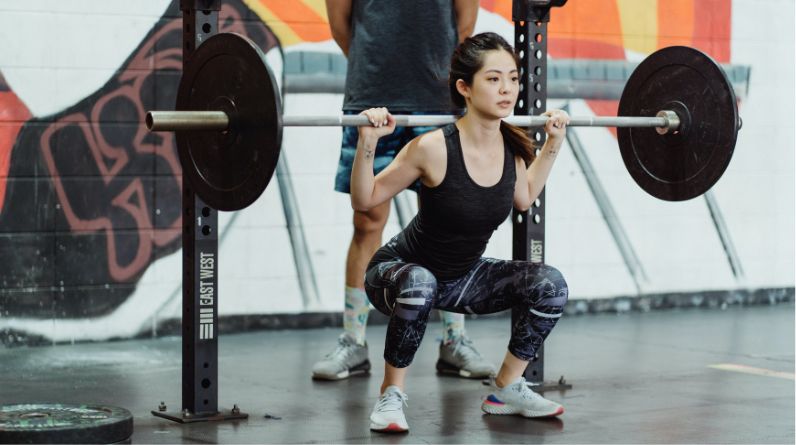
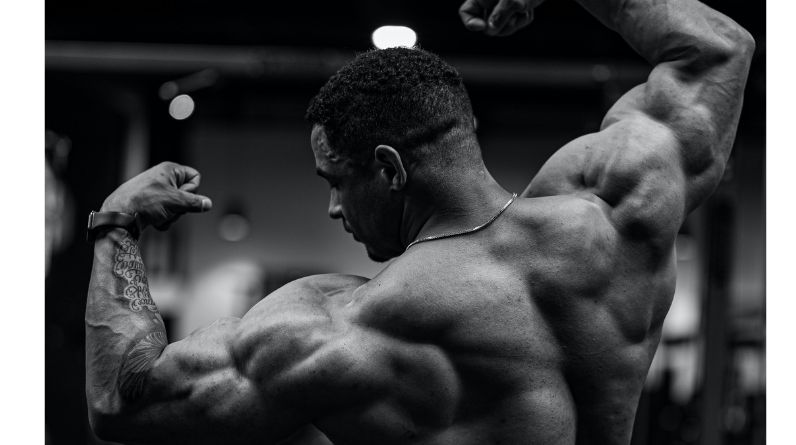
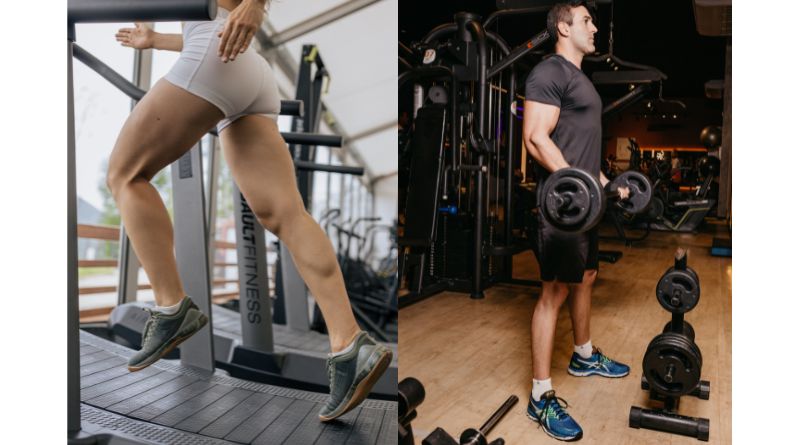
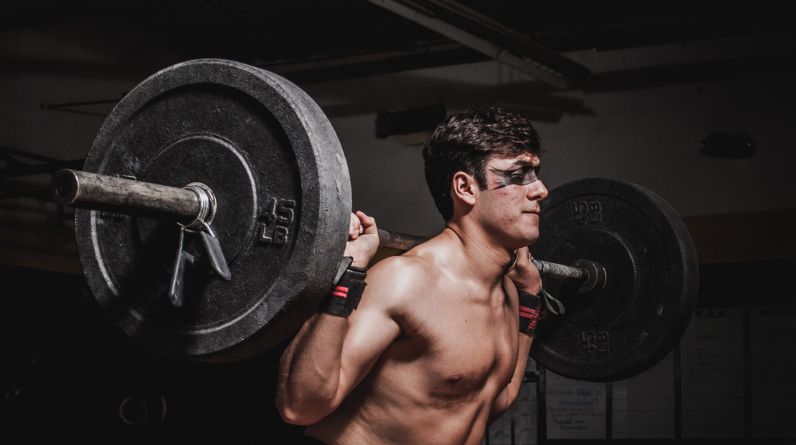
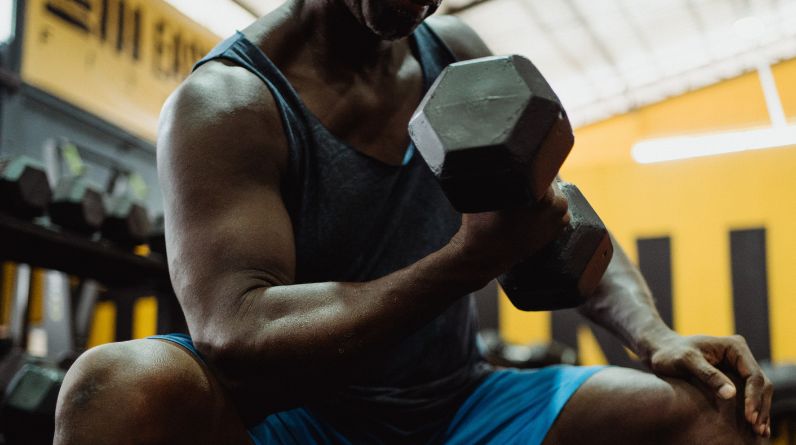
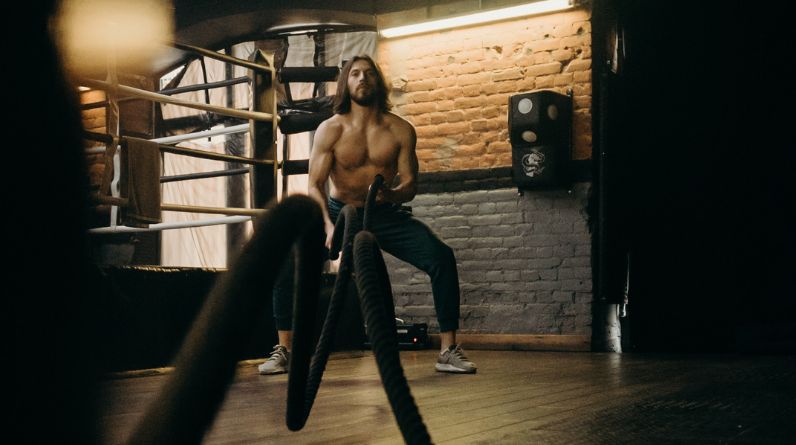
4 Comments
Comments are closed.